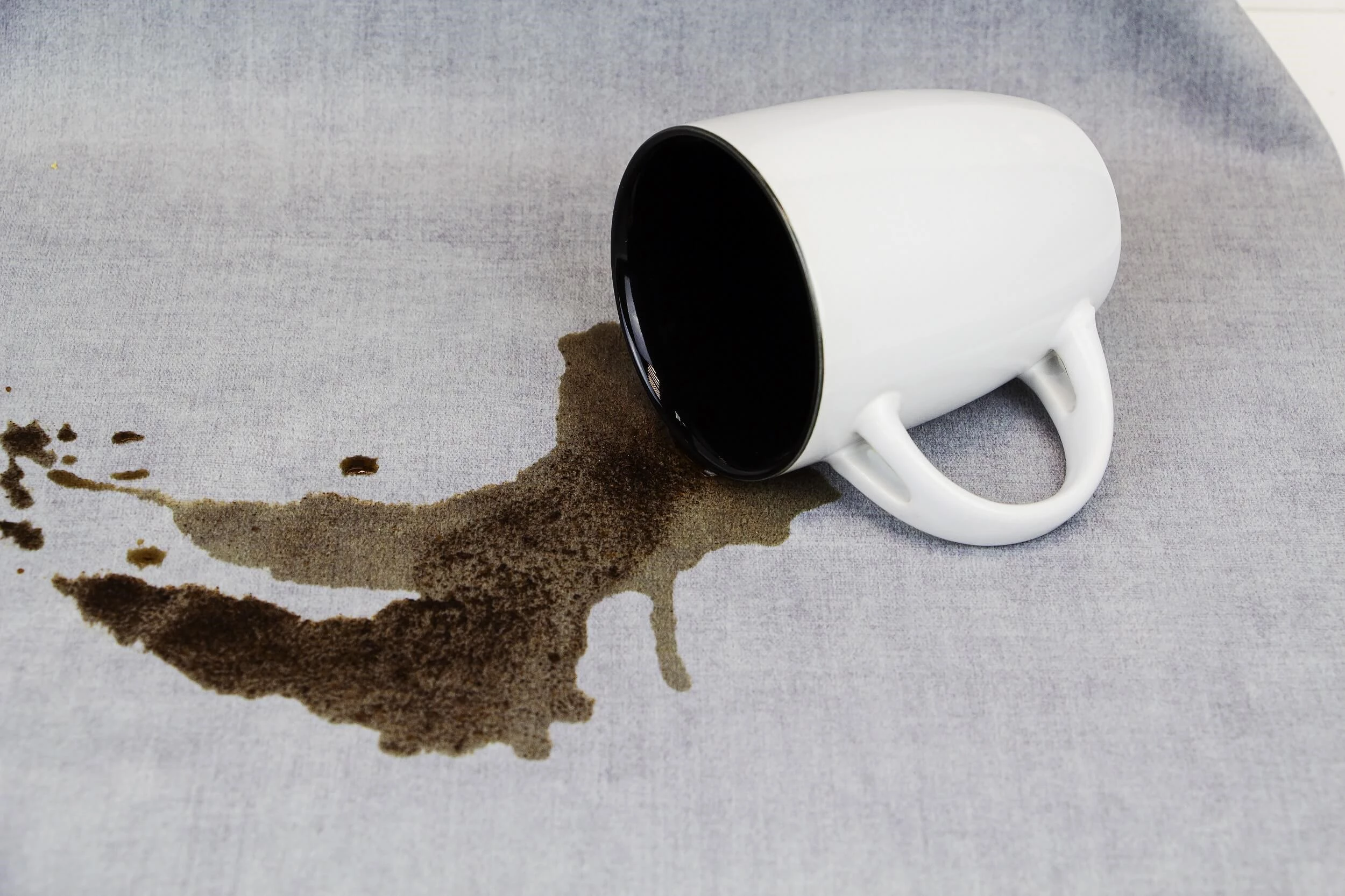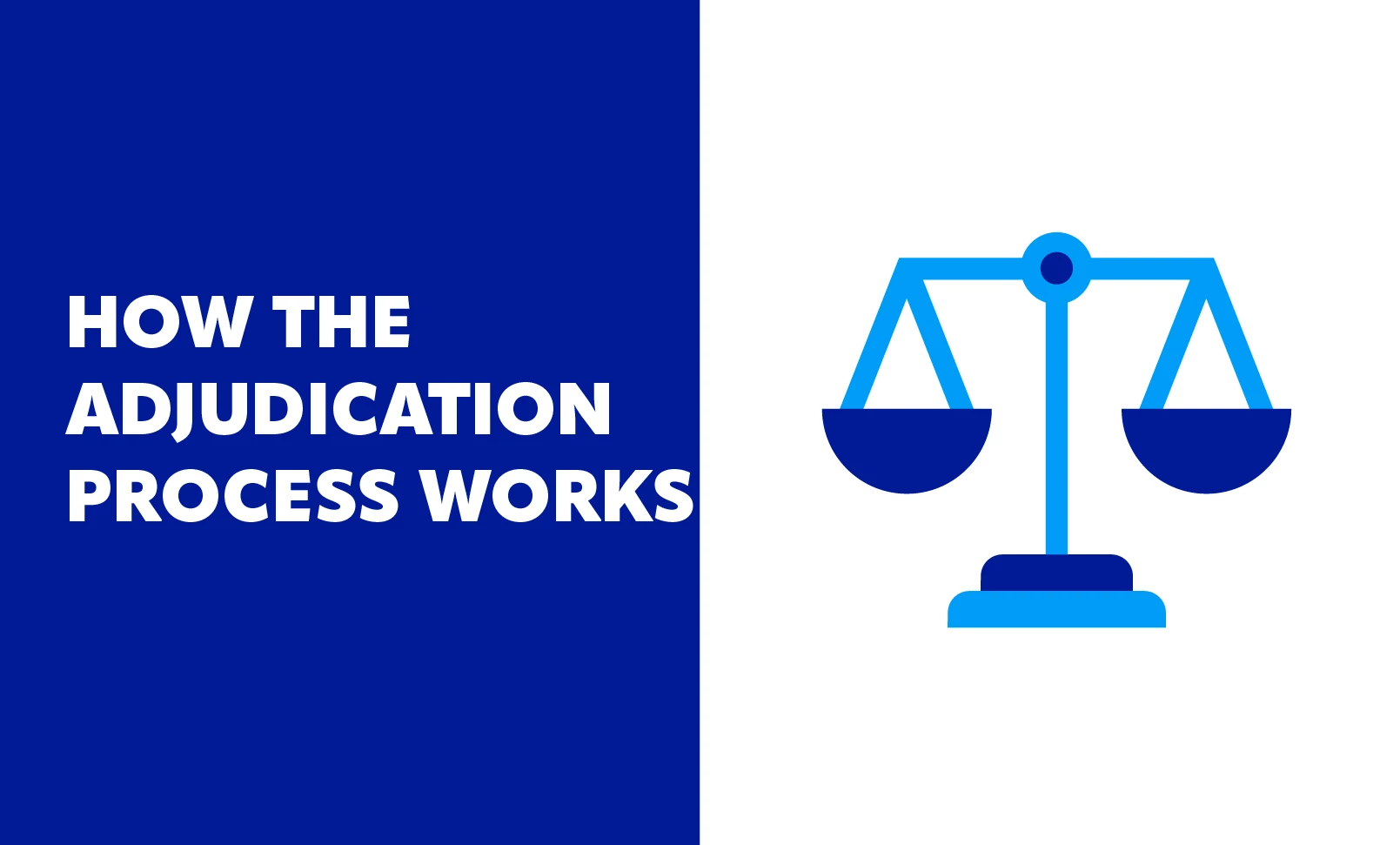KEY PRINCIPLES IN OUR APPROACH TO DAMAGE AND MISSING ITEMS
These key principles guide our approach to dealing with disputes about damage and missing items. However every case has to be reviewed on its merits.
1. We consider the evidence presented to us to decide if the item(s) claimed for was in a worse condition at the end of the tenancy than it was at the start. If the item claimed for is missing, we need to be sure it was in the property at the start of the tenancy.
2. The best evidence of condition at the start of a tenancy is a comprehensive Inventory and Schedule of Condition. It must describe the condition of the item. We will not assume it is in good condition if no description is given. However a statement that the property and its contents are in “good condition unless otherwise stated” can be helpful. We will consider any amendments made by the tenant to the check in report at the start of the tenancy.
3. The best evidence of condition at the end of a tenancy, for the benefit of both parties, is a comprehensive check out report. This is most persuasive if it has been completed clearly with reference to the check in report.
4. Photographs and video evidence can be of value in support of damages claims, as long as they are dated and annotated and show the item in sufficient detail. However, they should supplement a check in and check out report rather than act as a substitute for them. Please see our guidance on The use of photographs, videos and DVDs for more information.
5. Claims for damages or missing items are unlikely to result in an award for full replacement value of an item. The deposit does not operate in the same way as an insurance policy in providing ‘new for old’ cover. If a landlord was able to replace an item in this way, they would be placed in a better position at the tenant’s expense. We do not regard this as reasonable.
6. Allowance must be made for fair wear and tear during the tenancy. We will consider factors such as the length of the tenancy; the item’s age, quality and condition at the start of the tenancy; and reasonable life expectancy for the item. Please refer to A guide to deposits, disputes and damages for a more detailed explanation about how we consider wear and tear.
7. Where the claim is to replace a damaged item, we will consider whether there is evidence that the item needs to be replaced. Depending on the nature of the item and the damage, a specialist report can be helpful. If we decide that the item is not so badly damaged as to require replacement, we will make an award to compensate the landlord for the damage and any reduction in the item’s lifespan.
8. Where the claim is to replace a missing item, we will base any award on the reasonable replacement cost of the item based on its ‘second-hand’ value at the end of the tenancy. In other words, we will take into account its age and condition at the start of the tenancy and any expected wear and tear to the item during the tenancy.
9. We do not expect landlords to make a claim on an insurance policy unless the tenancy agreement requires the landlord to insure the item claimed for. If the landlord has made a successful insurance claim, it is generally reasonable to claim against the deposit for any excess paid.
10. Invoices or quotes are helpful to support a claim. Invoices showing the original cost of the items are also useful in establishing their age and quality. SafeDeposits is not obliged to accept the full cost of an invoice for repair work. Invoices should be as detailed as possible, giving a breakdown of the work carried out and the costs incurred. Where the invoice is not detailed and appears too high for the work required, we are likely to reduce the award.



